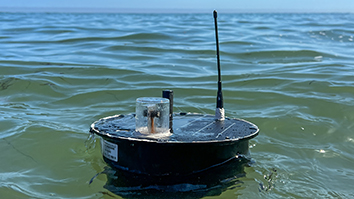Citation
de Zambotti, M., Cellini, N., Baker, F. C., Colrain, I. M., Sarlo, M., & Stegagno, L. (2014). Nocturnal cardiac autonomic profile in young primary insomniacs and good sleepers. International Journal of Psychophysiology, 93(3), 332ñ339. doi: 10.1016/j.ijpsycho.2014.06.014
Abstract
We investigated cardiac vagal and sympathetic activity in 13 young primary insomniacs (PI; 24.4 ± 1.6 years) and 14 good sleepers (GS; 23.3 ± 2.5 years) during nocturnal sleep. Pre-ejection period (PEP; inversely related to beta-adrenergic sympathetic activity), interval between consecutive R-waves (RR), and vagal-related indices of time- and frequency-domain heart rate variability were computed during pre-sleep wakefulness and undisturbed arousal-free sleep stages (N2, SWS, REM) as well as across the whole night irrespective of the presence of disruptive sleep events (e.g. sleep arousals/awakenings) and/or sleep stage transitions. Groups exhibited a similar vagal activity throughout each undisturbed sleep stage as well as considering the whole night, with a higher modulation during sleep compared to prior wakefulness. However, PEP was constantly shorter (higher sympathetic activity) during pre-sleep wakefulness and each sleep stage in PI compared to GS. Moreover, pre-sleep RR intervals were positively associated with sleep efficiency and negatively associated with wake after sleep onset in PI. Altogether our findings indicated a dysfunctional sympathetic activity but a normal parasympathetic modulation before and during sleep in young adults with insomnia.


